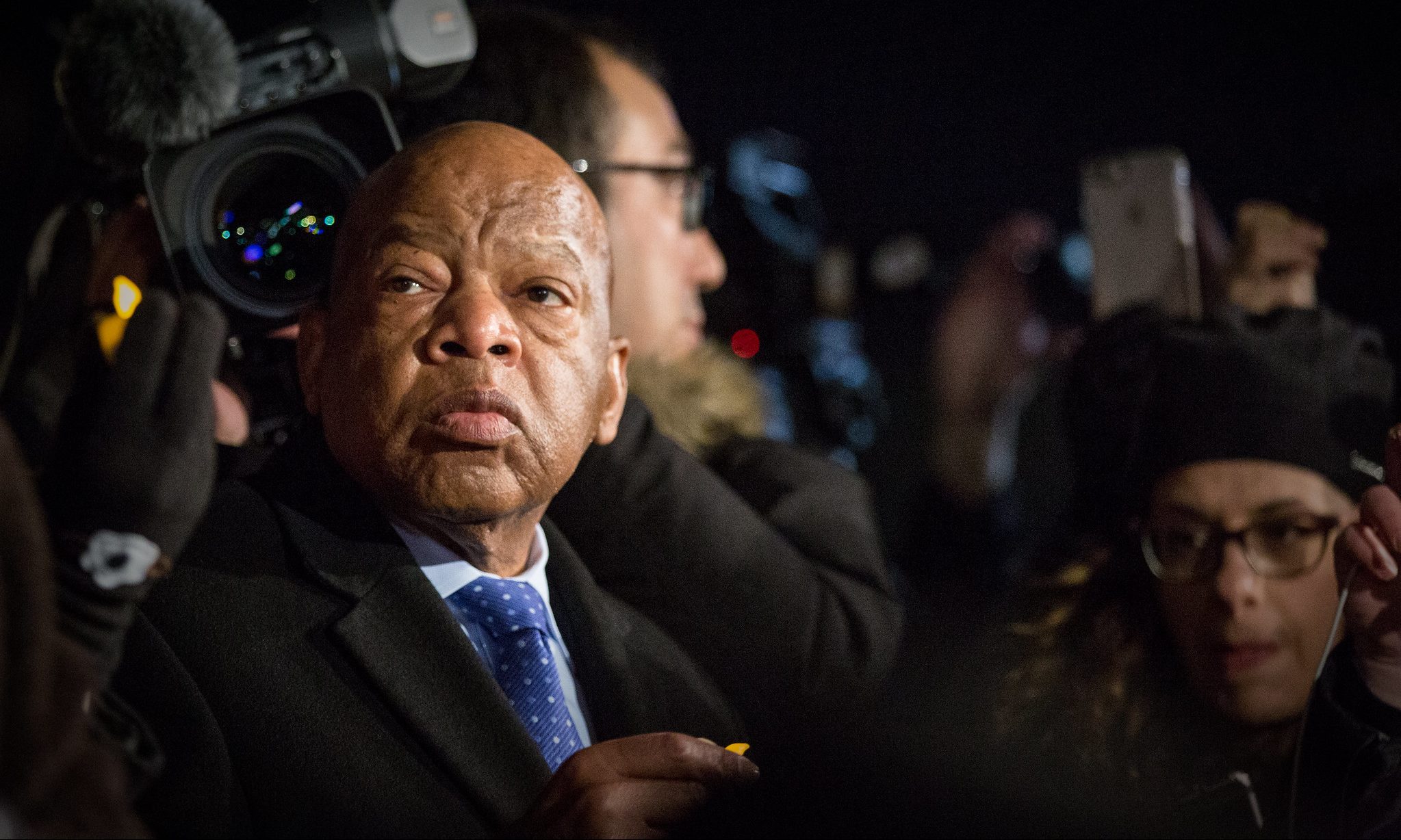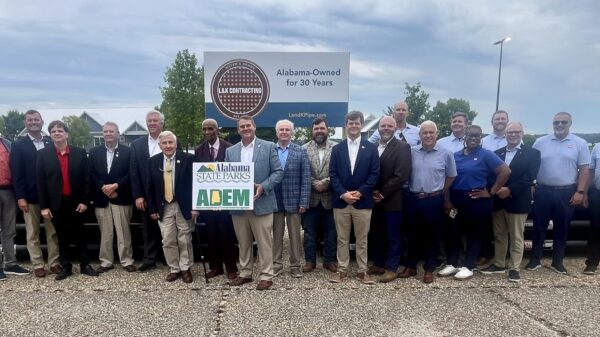The Alabama Department of Conservation and Natural Resources announces that it has received $25,511,600 to support critical state conservation and outdoor recreation projects.
The money is Alabama’s share of $1.1 billion in annual national funding going to state wildlife agencies from revenues generated by the Pittman-Robertson Wildlife Restoration and Dingell-Johnson Sport Fish Restoration acts.
Alabama apportionments include $6,151,179 in Sport Fish Restoration funds and $19,360,421 in Wildlife Restoration funds. The funds are distributed by the U.S. Fish and Wildlife Service and are derived from excise taxes paid by the hunting, shooting, boating and angling industries on firearms, bows, ammunition, fishing tackle, some boat engines and small engine fuel.
“The Wildlife and Sport Fish Restoration Programs are the most successful conservation programs in the United States,” said Alabama Gov. Kay Ivey. “Alabama continues to benefit greatly from our annual apportionment of these funds, and our Conservation Department is a wise steward of these funds.”
According to Conservation Commissioner Chris Blankenship, the money received from the federal government is a match to the state’s hunting and fishing license revenues.
“There is a formula used, but basically, the more licenses we sell, the more Wildlife and Sportfish funding,” Blankenship said. “We receive. It’s very important that hunters and anglers purchase a license every year because our department doesn’t receive money from the state’s General Fund. Our work on behalf of the hunters and fishermen is solely funded by license dollars and federal matching funds.”
Alabama Wildlife and Freshwater Fisheries Director Chuck Sykes says that hunters and fishermen can be proud of the fact that their purchases help put active management on the ground in Alabama.
“Managing public hunting land and building and maintaining boat ramps and shooting ranges are all projects funded by the allocations we receive from the U.S. Fish and Wildlife Service,” Sykes said.
Sykes said that even people who don’t hunt or fish benefit from this funding.
“Every citizen in the state receives benefits from the conservation efforts of hunters and fishermen,” Sykes said. “The habitat that we create and manage for deer, turkey and other game species also benefits the species that non-hunters enjoy like bald eagles and bluebirds.”
“These funds help build and maintain public boat access points, provide education to the public about the marine resources in and near Alabama and fund valuable research projects that otherwise may not be possible,” said Alabama Marine Resources Director Scott Bannon. “The return Alabama receives on the investment of these funds is priceless.”
“Alabama sportsmen and women are some of our best conservationists and they contribute billions of dollars toward wildlife conservation and sportsmen access every year through the Pittman-Robertson and Dingell-Johnson Acts,” said Secretary of the Interior Ryan Zinke. “For nearly 80 years, states have been able to fund important conservation initiatives thanks to the more than $20 billion that has generated nationwide. Every time a firearm, fishing pole, hook, bullet, motor boat or boat fuel is sold, part of that cost goes to fund conservation. The best way to increase funding for conservation and sportsmen access is to increase the number of hunters and anglers in our woods and waters. The American conservation model has been replicated all over the world because it works.”
Excise taxes paid by the shooting and fishing industries on bows, firearms, ammunition, fishing tackle and other items are distributed back to states through Pittman-Robertson Wildlife Restoration and Dingell-Johnson Sport Fish Restoration funding. Sport Fish Restoration funding allows the Alabama Department of Conservation and Natural Resources to conduct valuable research on species such as the Florida Pompano.
Florida received $26,588,009 million in funding for Florida from revenues generated by the Pittman-Robertson Wildlife Restoration and Dingell-Johnson Sport Fish Restoration acts. Georgia received $27,207,376, Mississippi received $14,939,093, and Tennessee received $28,296,474.



















































